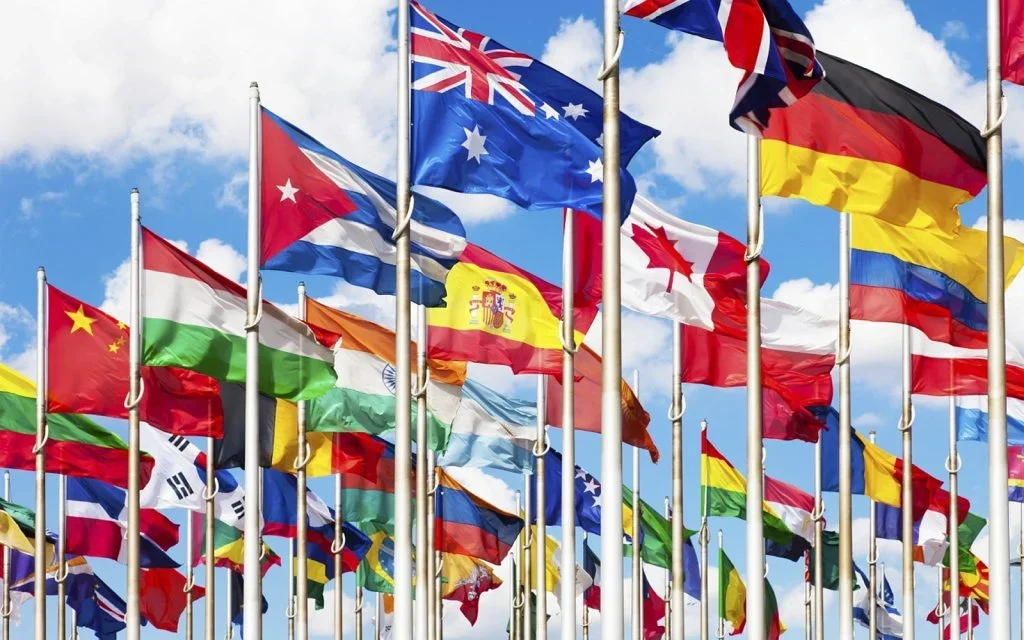How to Get an Apostille for a Non-Hague Treaty Country
When you need to use an official document in another country, it often must go through a process to verify its authenticity. For countries that are members of the Hague Apostille Convention, this process is simple: you obtain an apostille certificate from the issuing authority, and the document is automatically recognized abroad.
However, if your destination country is not part of the Hague Apostille Convention, you must follow a different route called authentication and legalization. This process involves several more steps to ensure that your document is accepted internationally.
Why a Regular Apostille Won’t Work
An apostille is a simplified form of international certification used between countries that signed the Hague Apostille Convention. It allows one government to recognize another’s documents without additional verification.
Non-Hague countries, however, are not bound by that convention, which means they require a more traditional and multi-tiered process to verify documents. Instead of a single apostille certificate, your paperwork must go through both national and foreign consular legalization before it becomes valid in the destination country.
Step-by-Step Guide to Legalizing Documents for Non-Hague Countries
The specific process varies slightly depending on your location and the country where the document will be used, but the general sequence remains the same.
1. Confirm Whether the Destination Country Is a Hague Member
Your first step is to verify whether the country receiving your document is part of the Hague Apostille Convention. If it is, then an apostille is sufficient. If not, proceed with the full legalization process.
Knowing this early will save you time and money because non-Hague legalization requires multiple verifications, and you’ll need to coordinate with several offices.
2. Prepare and Verify Your Documents
Gather the original or certified copies of the documents you need legalized. Common examples include:
Birth, marriage, or death certificates
Diplomas or transcripts
Business registration or incorporation papers
Powers of attorney or affidavits
Make sure your documents are properly signed and sealed by the relevant issuing authority. If a translation is required, use a certified translator, and in many cases, have the translation notarized as well.
3. Obtain Local or State Certification
The first verification step is usually performed at the local or state level. This certification confirms that the signature or seal on your document is authentic.
For example, in the United States, this means obtaining a certification from your state’s Secretary of State. In other countries, the equivalent authority might be a municipal registrar, local notary chamber, or government records office.
This step creates the “foundation” for further authentication, confirming that your document is genuine before it moves to the national level.
4. Submit the Document for National Authentication
Once your document is certified locally, it must then be authenticated by your national foreign affairs ministry (or its equivalent). This office confirms that the state or regional certification was issued by an authorized government official.
In most systems, this step ensures that the signature or seal from the lower authority is legitimate and recognized by your federal government. It bridges your country’s local validation with international recognition standards.
5. Legalization by the Embassy or Consulate
After national authentication, the final step is legalization by the embassy or consulate of the destination country. This is the key difference between Hague and non-Hague procedures.
The embassy or consulate checks the previous certifications, confirms the chain of authority, and attaches its own seal or certificate of legalization. This step officially verifies your document for use in the destination country.
Some embassies require in-person appointments, while others allow mail submissions. It’s essential to check each consulate’s website or contact them directly to confirm their requirements, fees, and processing times.
6. Delivery and Use Abroad
Once the embassy or consulate completes legalization, your document is now ready for official use in the destination country.
You can then submit it for visa applications, employment verification, marriage registration, business transactions, or other legal procedures.
Remember that some countries may still require a certified translation of the legalized document before it can be officially accepted.
Practical Tips for a Smooth Process
Start early. Legalization can take several weeks because each level of authority must review and verify the document.
Budget for multiple fees. Every step—local, national, and consular—usually charges a processing fee.
Check validity periods. Some countries only accept recently issued certificates (e.g., birth certificates not older than six months).
Follow the exact order. Skipping or reversing steps may invalidate your entire process.
Use a professional legalization service. For urgent cases or large document sets, professional agencies can manage the process on your behalf and help prevent costly mistakes.
Example: Sending Documents from One Country to a Non-Hague Destination
Suppose you are sending a diploma or business certificate to a non-Hague country such as the United Arab Emirates, Canada (for some provinces), or certain Middle Eastern and African nations. The process would typically follow this order:
Notarize or certify the original document.
Authenticate it at the local or state level.
Submit it to the national foreign affairs department for official authentication.
Present it to the embassy or consulate of the destination country for legalization.
Use the legalized document abroad for employment, study, or corporate purposes.
After these steps, your document carries all necessary seals to be recognized as legally valid in the foreign jurisdiction.
Conclusion
Obtaining an apostille for a non-Hague treaty country is essentially a multi-stage legalization process that replaces the single apostille certificate used by Hague-member states.
To summarize:
Confirm if the destination country is non-Hague.
Prepare your original or certified documents.
Get them authenticated locally.
Have them verified by your national foreign affairs ministry.
Complete embassy or consular legalization.
Once done, your document is officially recognized abroad for legal, business, or personal use. Though this process is more time-consuming, it ensures your paperwork meets the strict requirements of non-Hague countries. Planning early, following the correct sequence, and consulting with the appropriate authorities will make the entire procedure smooth and successful.

